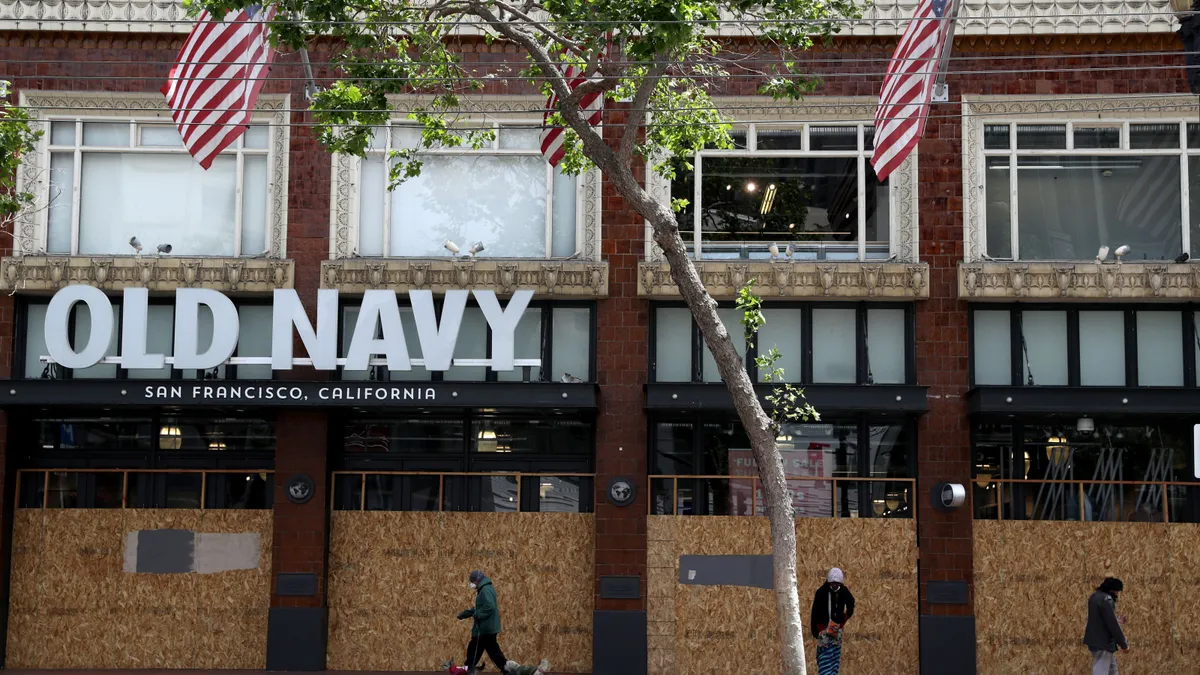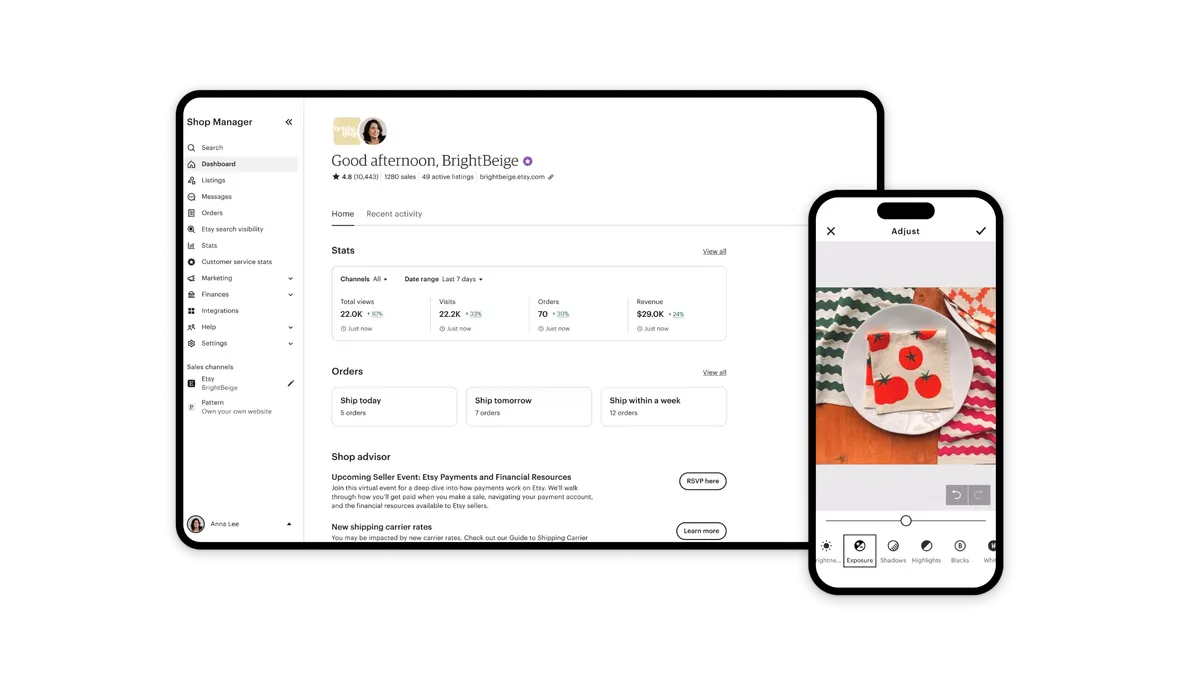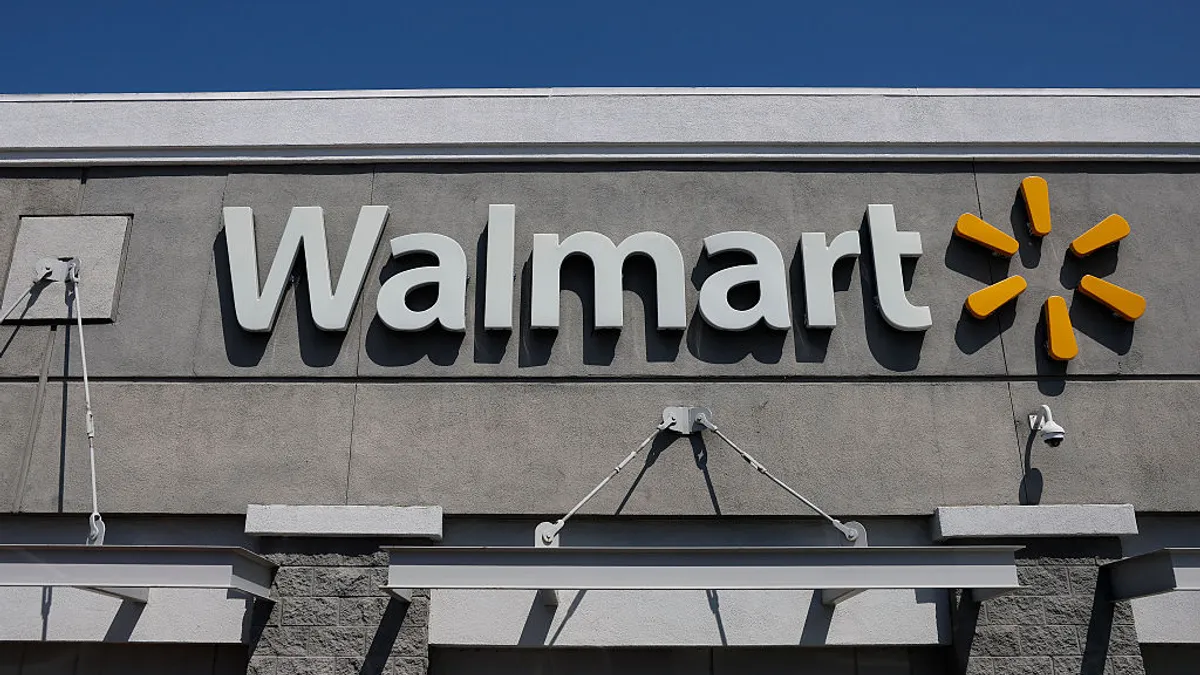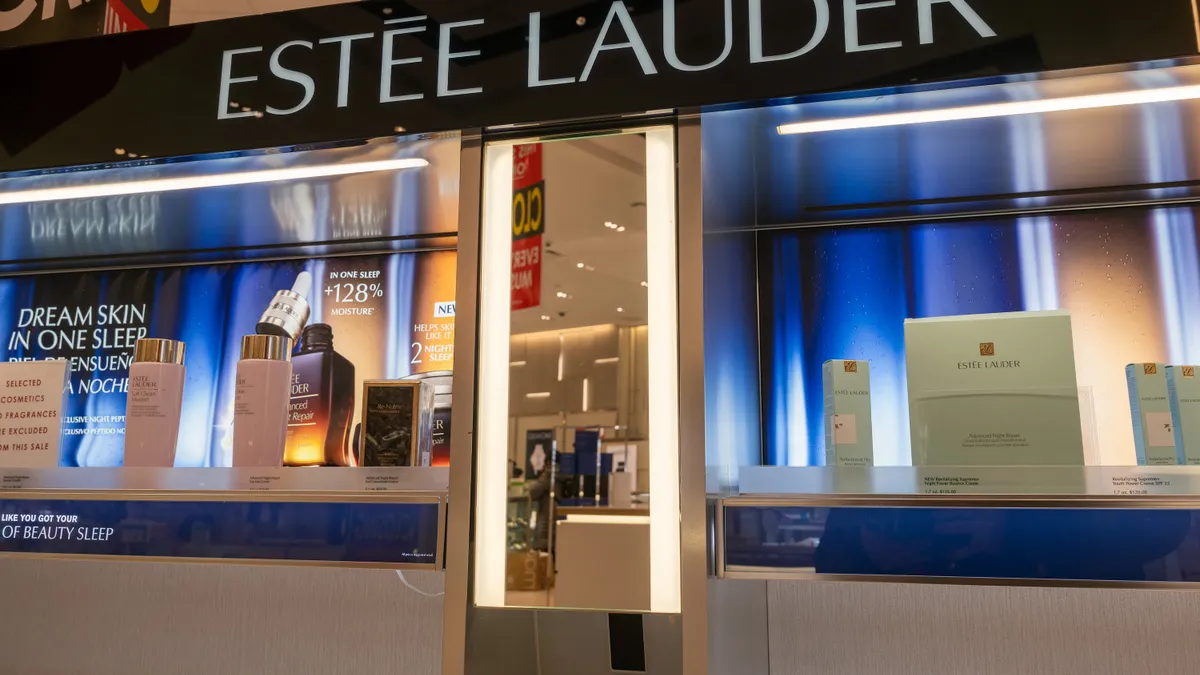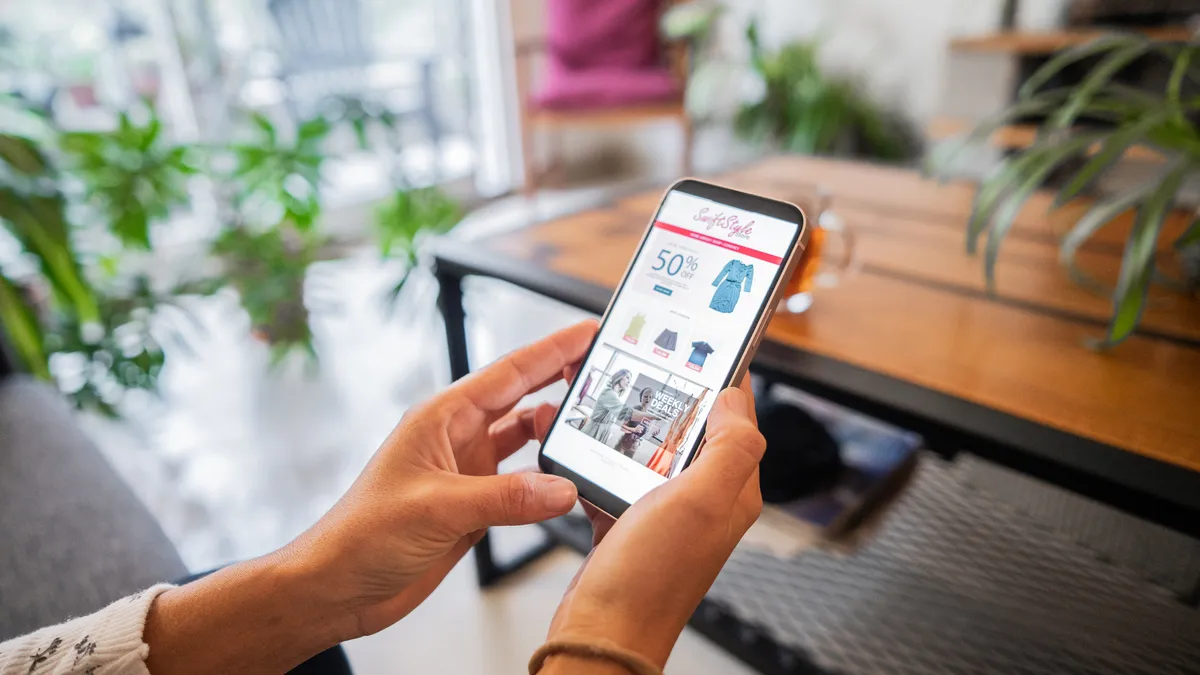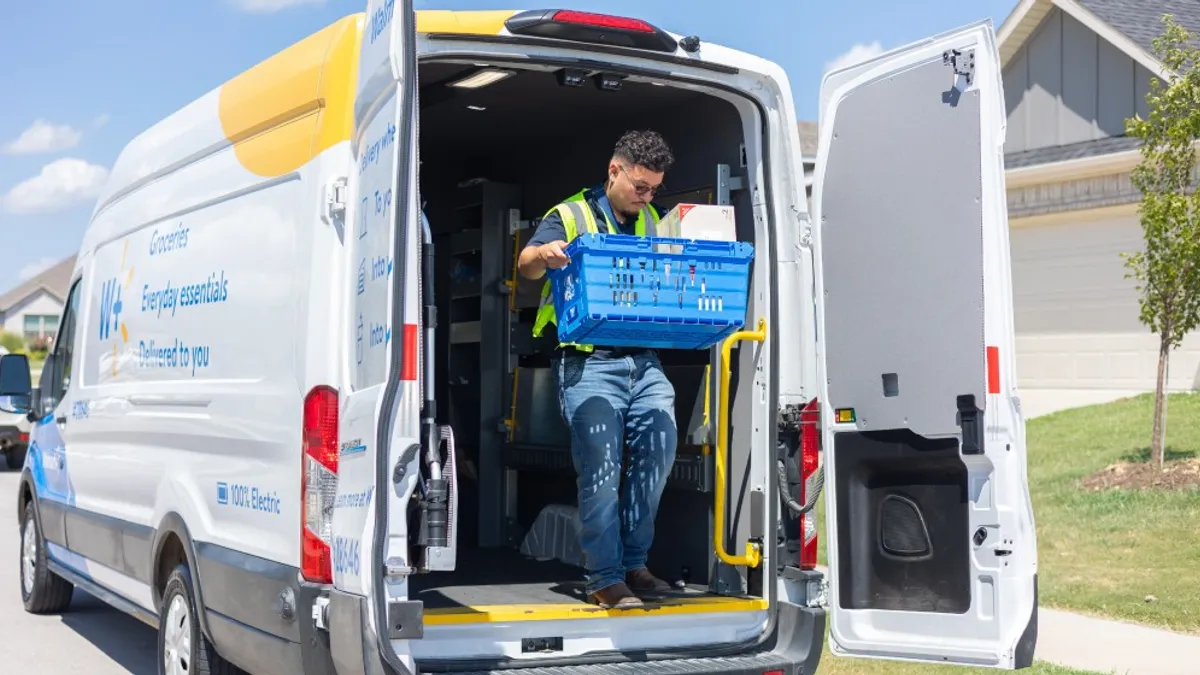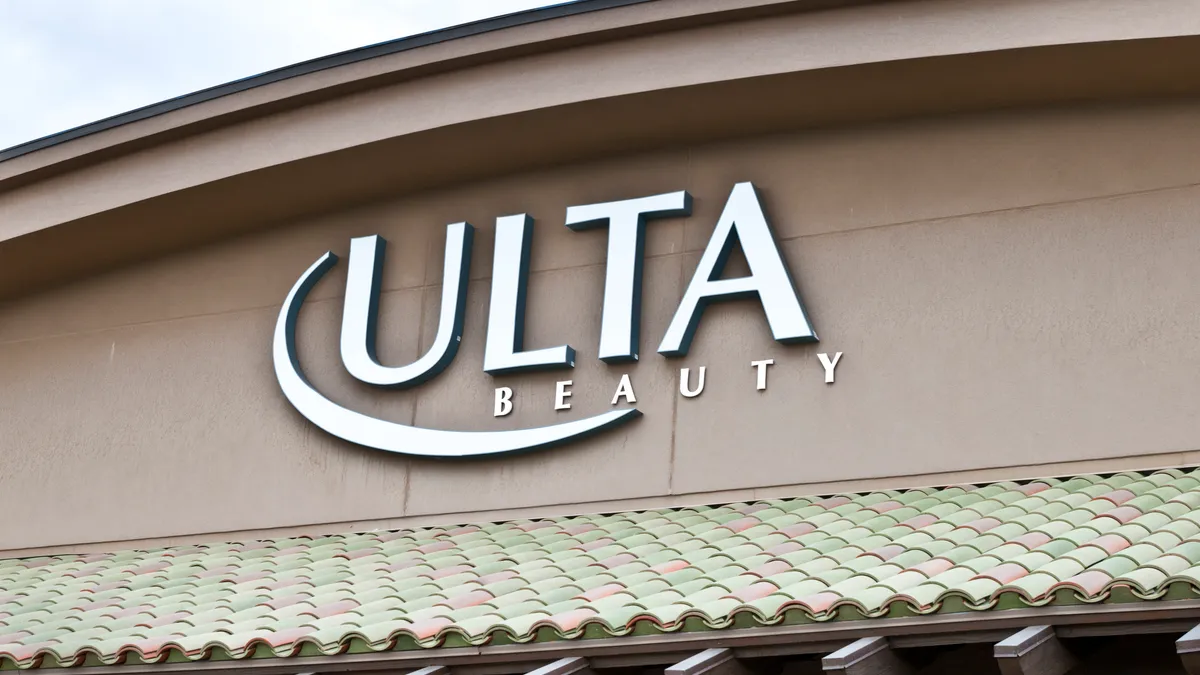Managing inventory for a subscription box is like Goldilocks' porridge quandary. Order too little and the business can't deliver its promised goods to current customers or add new customers. Order too much, and it eats away the margins.
The complexity of managing subscription box inventory greatly depends on the business model, accurate forecasting and the level of customization.
Inventory and the subscription box model
While each model has multiple subtypes, the curated model has the most room for differentiation.
Curated boxes
According to a 2018 McKinsey report, 55% of subscription boxes use the curated model.
Standard curated boxes: All customers receive the same items each month. This simplified approach is the easiest to manage in terms of inventory, but also fulfillment.
Customized boxes: Each customization element adds a new level of planning intricacy. A box with apparel may involve sizing or color choices. Quilty Box offers customers a choice of fabric colors or design styles. "It's harder to plan for that," said owner Patrick Claytor, and the model is closer to e-commerce in terms of inventory planning.
Sequential boxes: While also a curated model, a sequential box can be easier to plan than a customized one, as each customer gets the same items, but starting in a different month. Examples of sequential boxes are those for pregnancy or newborns or a lesson planning box.
Replenishment
The other main category of subscription boxes is the replenishment model, with the classic example of razor replacement shipments. The replenishment model is 32% of the subscription box market, according to McKinsey.
Forecasting: The secret sauce
Forecasting subscription box inventory needs is more important than for e-commerce, said Amir Elaguizy, founder of Cratejoy, a subscription box platform for marketing and operations.
Owners must track new subscription sales and churn rates. Additional marketing can help increase sales to counter the churn rate, or the company can tweak the box offerings in response. Forecasted projections over the long term are less accurate than shorter-term projections, varying by 20-30%, Claytor told sister publication Supply Chain Dive.
"It’s better to be sold out for the month than have leftover inventory."

Patrick Claytor
CEO, Quilty Box and Big Sky Fulfillment
Technology is crucial for forecasting and understanding inventory needs, including current and anticipated subscriber numbers. Customers can be finicky, with more than one-third canceling in less than three months, and more than half canceling within six months, according to McKinsey. Those rates are more common for the curated model. The replenishment model has higher long-term subscription rates of 45% subscribing for at least a year, compared to 35% of curation customers subscribing for the same time period.
Some companies create waitlists and add customers in a coordinated manner to control for inventory needs and demand planning. This can create demand, but also stabilize growth, operations and quality. Subscription box companies may decide to add 10% of their waitlist at a given time, offering the box to a portion of customers on the list and giving them 48 hours to respond, said Kevin Sides, chief revenue officer at ShipMonk, a subscription box fulfillment company.
Forecasting is important because subscription box companies order their products three to eight months in advance, said Claytor. Smaller vendors may need that additional time to make larger batches of products. Companies relying on the replenishment model, offering the same goods each month, can afford shorter windows of three or four months, as inventory is more easily controlled.
Claytor also owns Big Sky Fulfillment, which fulfills subscription boxes for 50 companies. He said he likes to receive product in the warehouse six weeks ahead of the ship out date, giving the companies time to exchange products or change that month’s box marketing if needed. Big Sky Fulfillment typically schedules kitting for two to three weeks in advance of shipment to ensure it has the proper quantity of each item.
When it comes to tracking individual inventory items, as opposed to subscribers, ShipMonk clients can use the inventory management portal with SKU-level details across platforms, helpful for those who also sell via e-commerce. Cratejoy’s technology system includes website design, sales and many back-end functions, but not inventory management. Many of its clients use Google Docs or Excel sheets, Elaguizy told Supply Chain Dive.
Fulfillment for subscription versus e-commerce
For subscription boxes, warehouse storage is by pallet location, not bin or shelf, said Sides. "If only doing subscription boxes, we receive [the inventory], we put it in pallet storage, and pull it when needed," he said.
Big Sky Fulfillment initially designed its warehouse for subscription boxes, and then made changes when it added e-commerce companies as clients. The e-commerce section has more packing stations, and additional shelving. The subscription box fulfillment section is separate, as the kitting process requires larger assembly line space. If boxes are the same, each worker on the line puts one or two items in the box as it moves down the line, and a scale confirms accuracy. Customized boxes require the packers to pick items from bins.
E-commerce is a constant flow of fulfillment and packing, while subscription boxes are packed over several days to a week each month. While e-commerce brands can stall product shipping, staying in touch with customers, subscription boxes typically ship on a specific day. If a box is late or incomplete, that can delay the entire batch and the rhythm.
ShipMonk also has a larger footprint for its subscription box packing compared to its e-commerce business. Employees may pack 100,000 boxes within a week for one account, said Sides.
Inventory is not managed at a SKU level for companies only operating subscription boxes services, versus subscription and e-commerce. Instead, quantities are determined by the caseload and they’re not necessarily individually barcoded. E-commerce items are generally barcoded, and can be commingled with other inventory. ShipMonk does not require its subscription box vendors to barcode the items, though they encourage it for order accuracy. Apparel is the most difficult, Sides said, as there can be subtle differences. But keeping each SKU separated alleviates many problems.
What to do with the leftovers
The problem of running out of stock versus excess stock is a difficult one for subscription box companies. "It’s better to be sold out for the month than have leftover inventory," Claytor said. A sold-out product can create demand — as long as active subscribers receive what was promised. Excess inventory affects cash flow and can thin profit margins, he said.
"Have a plan for what you’re going to do with that [excess] inventory," Claytor said. Solutions include:
- Sell it at a discount through the company’s e-commerce site. Quilty Box has flash sales on its site, which is becoming its own e-commerce brand with a limited number of SKUs, Claytor said. The downside is the company risks losing subscription box sales as a result of flash sale popularity. There may also be storage fees to consider.
- Liquidate it.
- Give it away, which is a popular option for smaller quantities and perishables like food.
- Return it to the vendor for credit.
- Create mystery boxes to sell.
- Add a leftover product to new customer boxes, or as a bonus product for existing customers, for a better user experience, although this can backfire if the product was not popular. Also, if the product was in a themed holiday box, adding a Halloween item into a Christmas box wouldn’t work.
The next steps: personalization and scale
It’s natural to start personalizing the boxes over time, especially when customers cancel because of a lack of customization. Personalization adds a new dimension to forecasting, as it’s no longer just subscriber numbers, but combinations of size or color preference, Elaguizy said. "It dramatically complicates operations," he said.
Elaguizy advises companies not to personalize in the beginning, but to add it slowly as they better understand the operation. "We have seen people personalize too quickly and have a mess on their hands," he said.
Customization becomes more important after subscribers start maturing. About 28% of customers with curation boxes said the personalized experience was the most important reason to continue subscribing, according to McKinsey.
"We have seen people personalize too quickly and have a mess on their hands."

Amir Elaguizy
Founder, Cratejoy
A lot of subscription box companies are unable to scale because they’re kitting in house, said Elaguizy. But choosing the right fulfillment company is important, as third-party logistics are optimized for just-in-time fulfillment, not for the subscription box model, he said.
Subscription box companies that want to fulfill in-house need the labor and space to do so only a few days to a week every month. "That’s why a lot of subscription box companies outsource that, because they don’t know what to do with the labor force the rest of the month," Sides said.
At a fulfillment center, that labor can be redeployed for other warehouse work. Outsourcing inventory management and fulfillment allows companies to focus more on other parts of the business. "You don’t get into the business [of subscription boxes] because you love kitting boxes or doing operations," he said.
This story was first published in the weekly newsletter, Supply Chain Dive: Operations. Sign up here.





